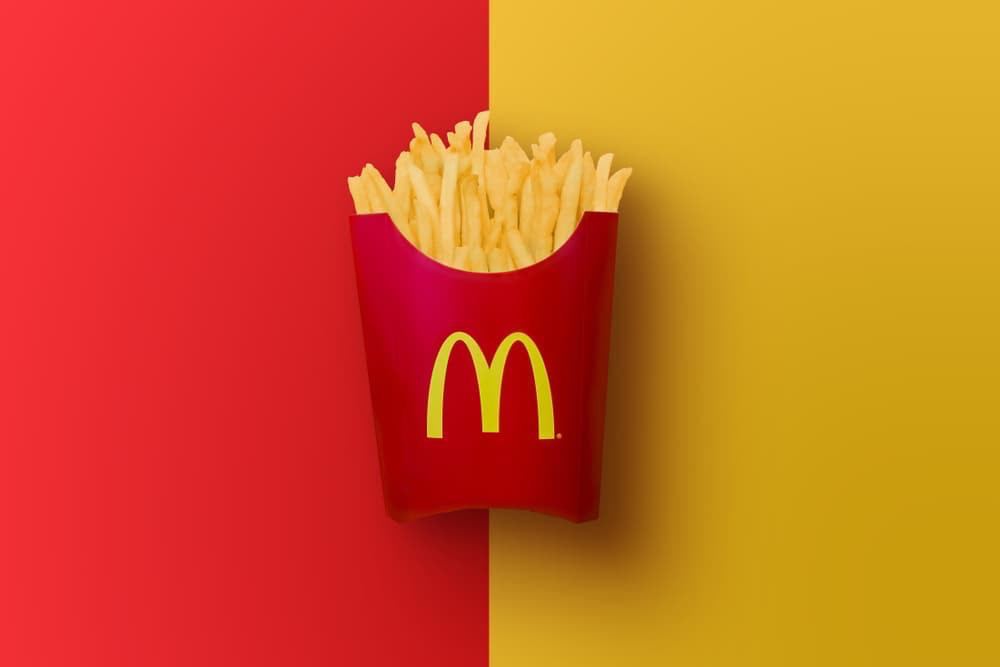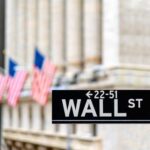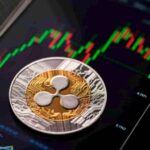McDonald’s (NYSE: MCD) will start its long-awaited return to Ukraine in the following months after Russia’s invasion caused the fast-food chain to close down its business in the country.
The firm said on Thursday, August 11, that it would look to gradually reopen some restaurants in Kyiv and western parts of Ukraine. The gradual reopening process could also help McDonald’s recover losses from the shutdown that occurred six months ago and leave Russia’s market for good.
Paul Pomroy, corporate senior vice president of international operated markets, claimed that the employees’ desire to open their restaurants would provide some sense of normalcy in a war-torn country.
“We’ve spoken extensively to our employees who have expressed a strong desire to return to work and see our restaurants in Ukraine reopen. In recent months, the belief that this would support a small but important sense of normalcy has grown stronger.”
MCD chart and analysis
Both the short-term and long-term trends are positive, as the stock is down 2.69% year-to-date (YTD), while other stocks traded downward. MCD is currently trading in the upper part of its 52-week range, while technical analysis indicates that the support zone ranges from $250.88 to $261.23 and the resistance line is at $262.28.
TipRanks analysts rate the shares a strong buy, seeing the average price in the next 12 months reaching $281.27, 7.62% higher than the current trading price of $261.36.
Despite the firm being a symbol of easing tensions during the Cold War era, the closure of its business in Russia indicates that the firm is dedicated to western values and democracy.
This dedication cost Mcdonald’s $55 million per month, but the strength of its franchise and a return to one previously closed market could make up for the loss and enable MCD stock to thrive.
Buy stocks now with Interactive Brokers – the most advanced investment platform
Disclaimer: The content on this site should not be considered investment advice. Investing is speculative. When investing, your capital is at risk.








